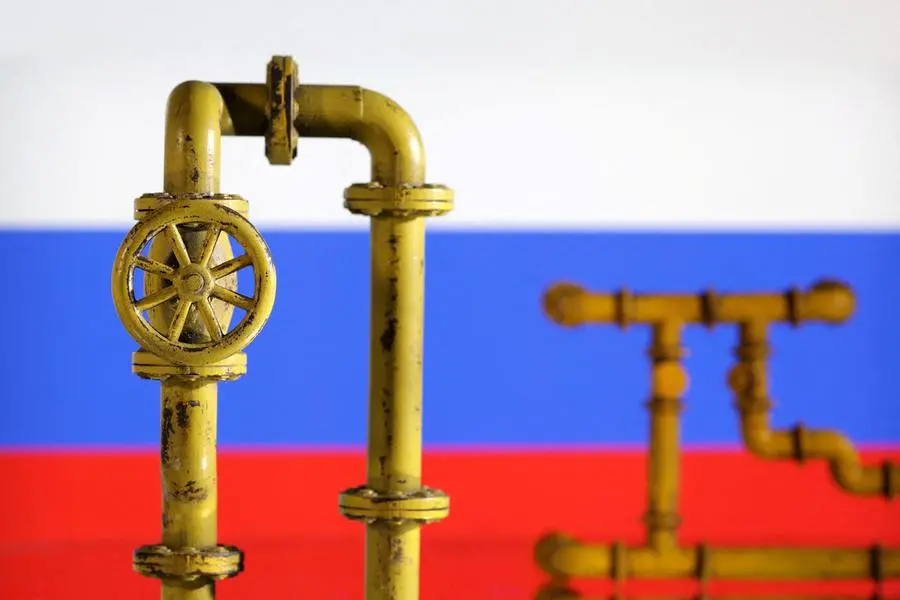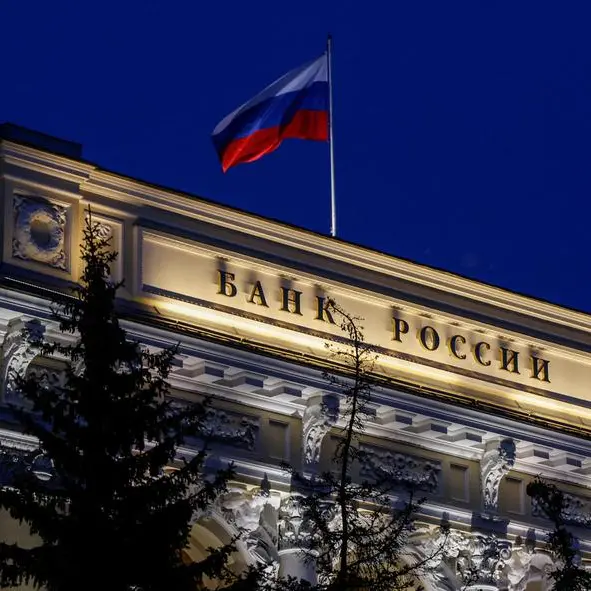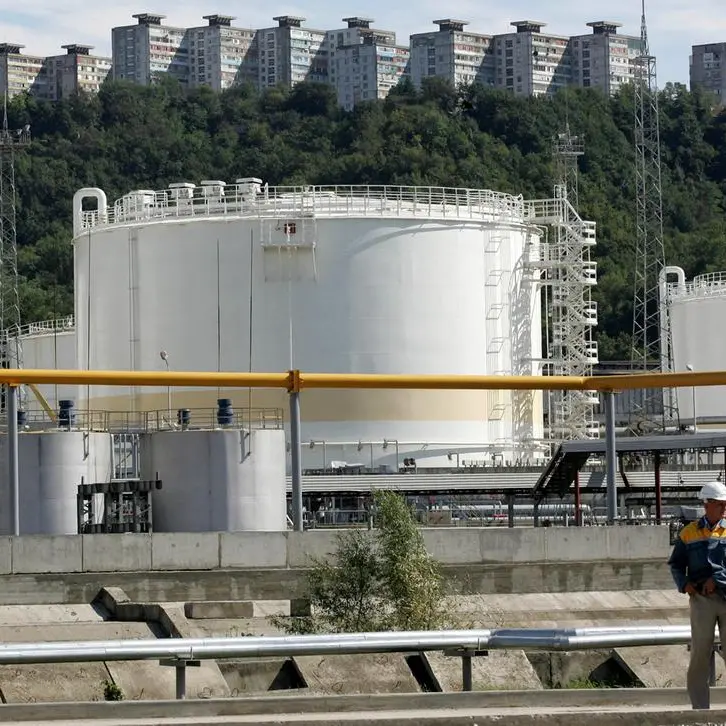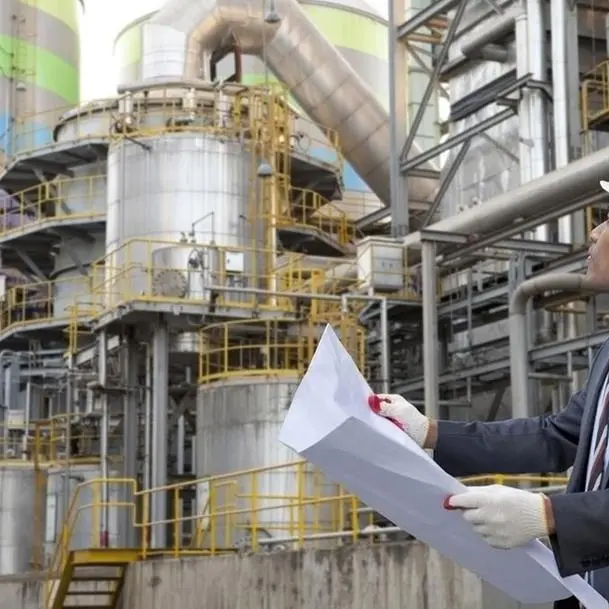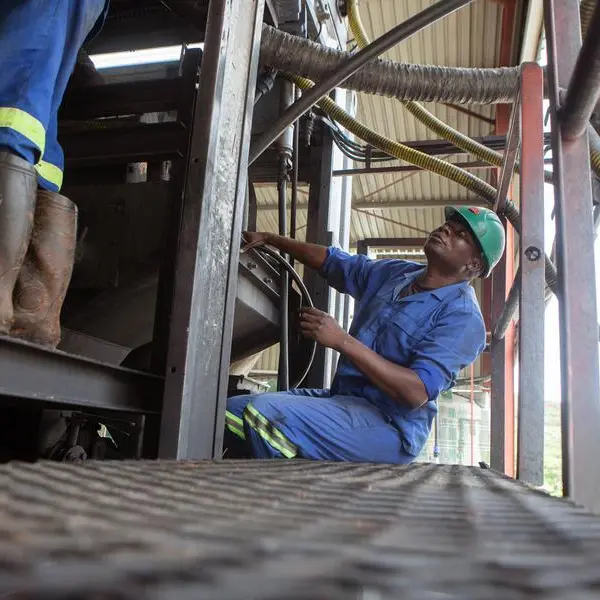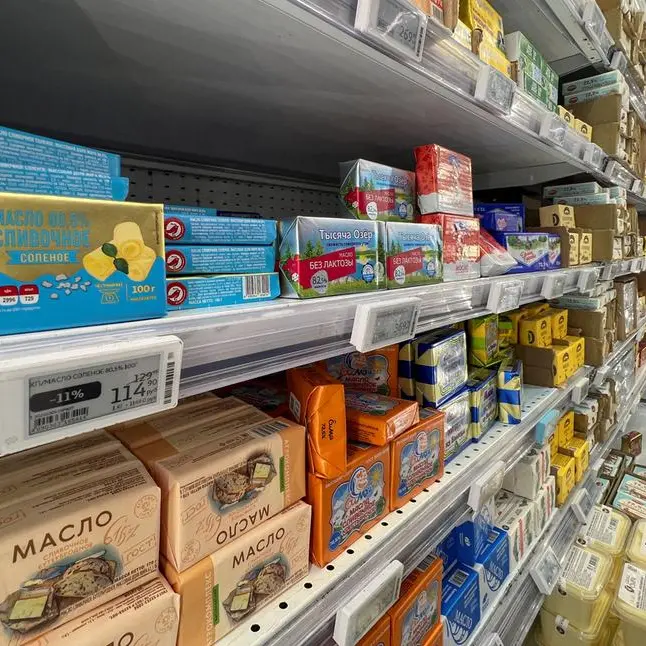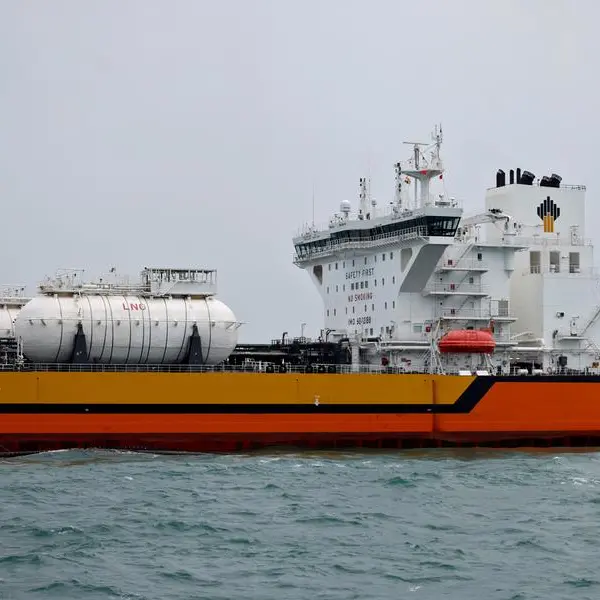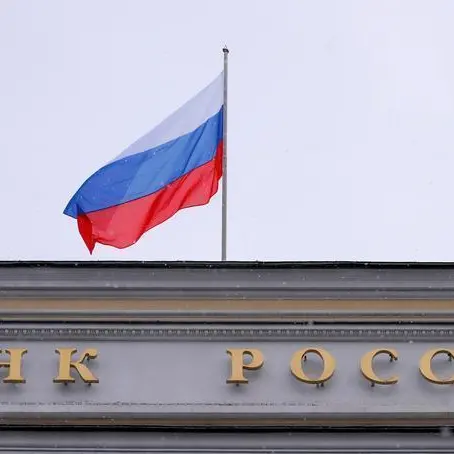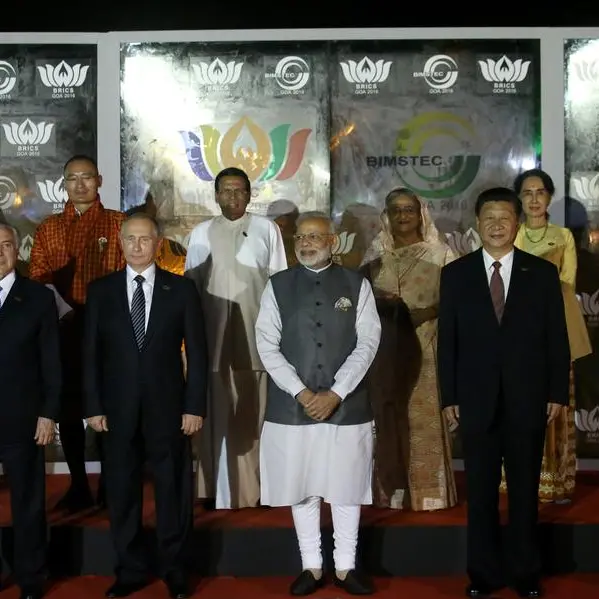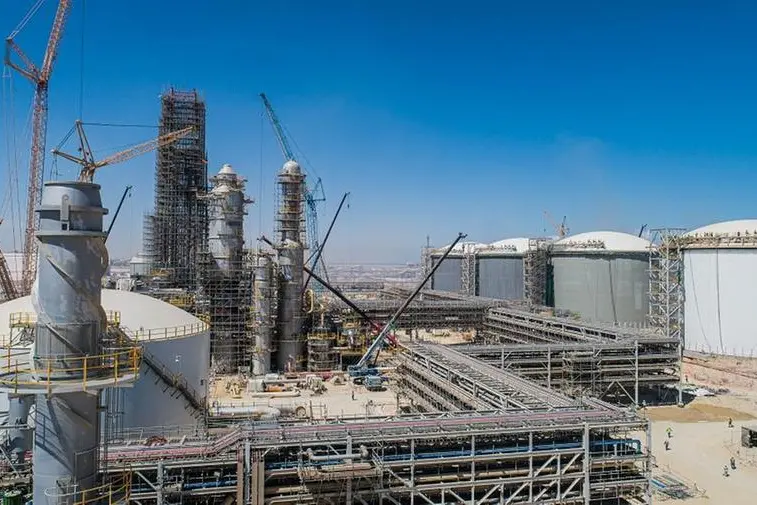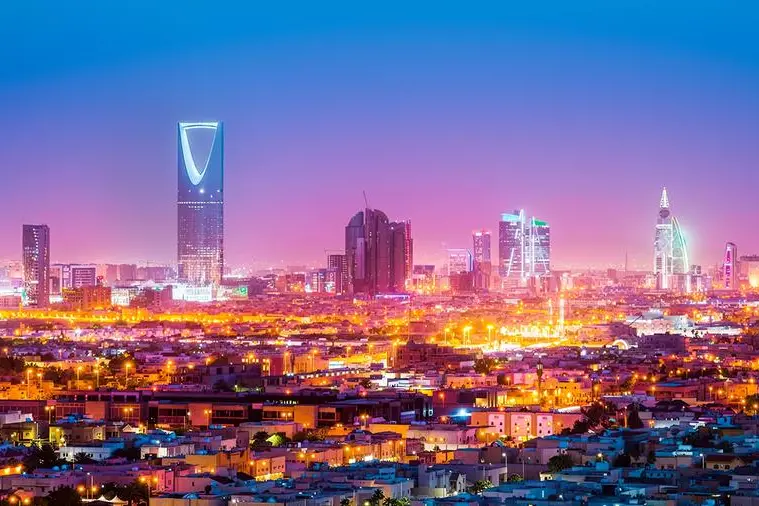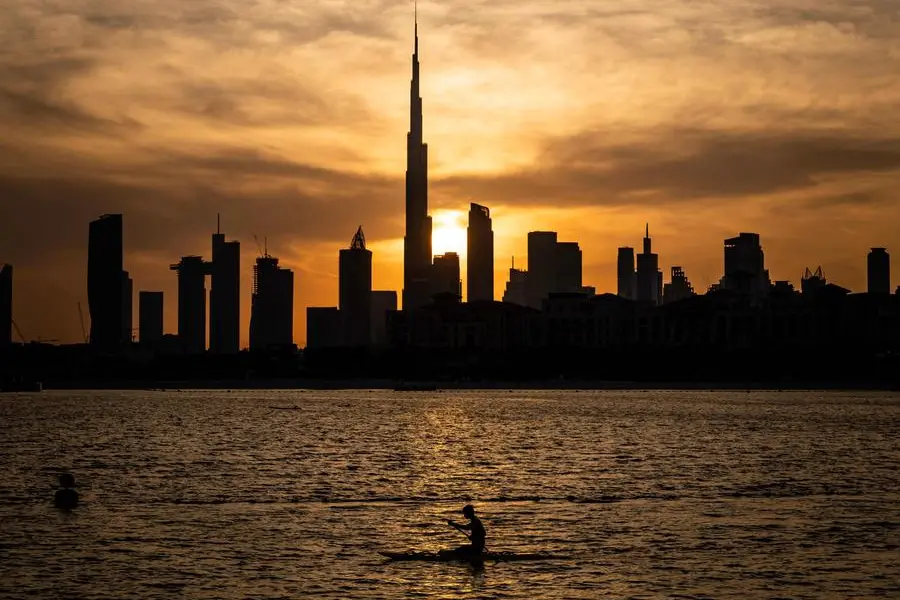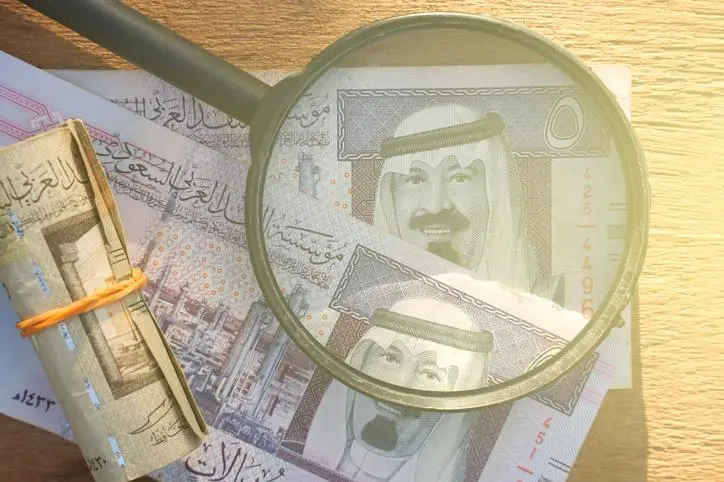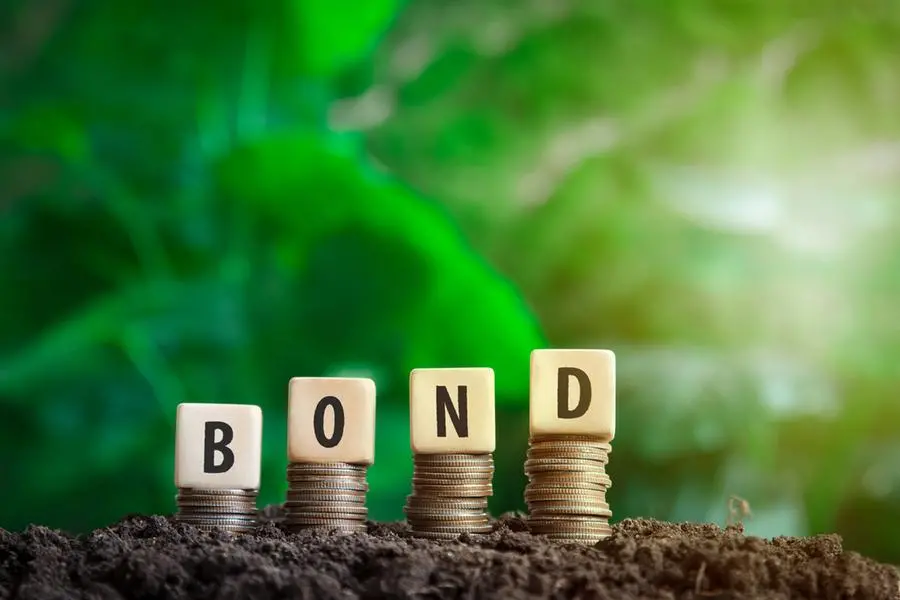PHOTO
Russia is still pumping natural gas to Europe via the war zone in Ukraine. Why?
WHERE DOES THE PIPE GO?
The Soviet-era Urengoy-Pomary-Uzhgorod pipeline brings gas from western Siberia via Sudzha in Russia's Kursk region. It then flows through Ukraine in the direction of Slovakia.
In Slovakia, the gas pipeline is divided, one of the branches goes to the Czech Republic, the other to Austria. The main buyers of gas are Hungary, Slovakia and Austria.
About 14.65 billion cubic metres (bcm) of gas was supplied via Sudzha in 2023, or about half of Russian natural gas exports to Europe. EU gas consumption fell to 295 bcm in 2023.
Sudzha, just over the border from Ukraine, is the focus of intense battles between Ukrainian and Russian forces. It is unclear who controls the town.
Gazprom's gas metering point Sudzha is located a few miles out of the town, closer to Russian-Ukraininan border.
Russia's Gazprom said it would send 39.6 million cubic metres(mcm) of gas to Europe via Ukraine on Monday compared to 39.3 mcm on Sunday.
HOW MUCH DOES RUSSIAN SUPPLY TO THE EU?
Russia used to supply a little under half of the European Union's gas before the 2022 Ukraine war. But Europe has turned away from Russian gas while as yet unexplained attacks on the Nord Stream pipeline have reduced Russian supplies.
Russian gas has been replaced by liquefied natural gas (LNG) imports: the United States has increased its slice of the EU gas market to 56.2 bcm in 2023 from 18.9 bcm in 2021 while Norway grew its share to 87.7 in 2023 from 79.5 bcm in 2021. Other suppliers were North African countries, Britain and Qatar.
No one has taken responsibility for the September 2022 Nord Stream blasts, which occurred off the Danish island of Bornholm and ruptured three out of four lines of the system that delivers Russian gas to Europe.
Russia says that the United States and Britain were behind the blasts but has presented not evidence. The New York Times and The Washington Post have reported that Ukraine - which has repeatedly denied involvement, was behind the attack.
Russia supplied a total of around 63.8 bcm of gas to Europe by various routes in 2022, according to Gazprom data and Reuters calculations. That volume decreased, by 55.6%, to 28.3 bcm last year.
At their peak in 2018-2019, annual flows to the European region reached between 175 bcm and 180 bcm.
WHY DOES RUSSIA STILL SEND GAS VIA UKRAINE?
About half of Russia's natural gas exports to Europe go through Ukraine.
The main reasons are money and history.
Gazprom, which holds about 16% of global gas reserves and employs nearly half a million people, was once one of Russia's most powerful corporate empires - so powerful it was known as "a state within the state".
But it has fallen on hard times due to the loss of the European gas market.
The company plunged to a net loss of 629 billion roubles in 2023, its first annual loss in more than 20 years, amid dwindling gas trade with Europe, once its main sales market.
Ukraine, once an integral part of the Soviet Union, also earns money from the transit.
WILL THE TRANSIT CONTINUE?
In December 2019, Moscow and Kyiv signed a long-term five-year agreement for the transit of Russian gas via Ukraine: 45 bcm in 2020 and 40 bcm per year in 2021-2024. The agreement on Russian gas transit to Europe through Ukraine expires in 2024, and Kyiv has said it has no intention of extending it or concluding a new deal.
Russia is ready to continue gas supplies to Europe via Ukraine after the current transit agreement expires at the end of 2024, Russian state news agencies reported last month, citing Deputy Prime Minister Alexander Novak.
In May 2022, Ukraine stopped receiving transit gas through the Sokhranovka station with a capacity of 30 million cubic meters per day, citing force majeure and proposing to transfer all transit volumes to Sudzha.
The only other operational pipeline route to Europe is Turkstream under the Black Sea.
(Reporting by Guy Faulconbridge; editing by David Evans)
